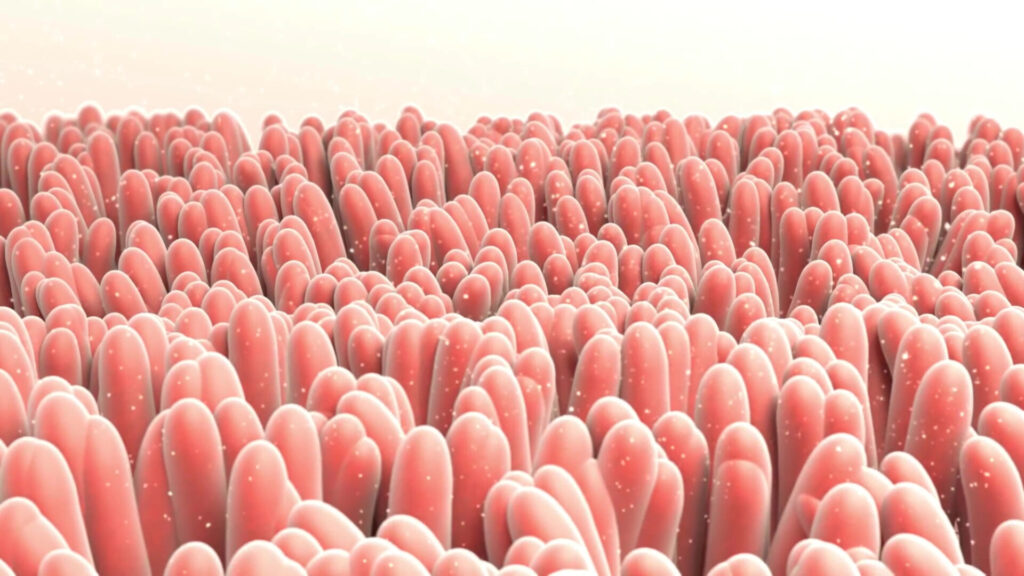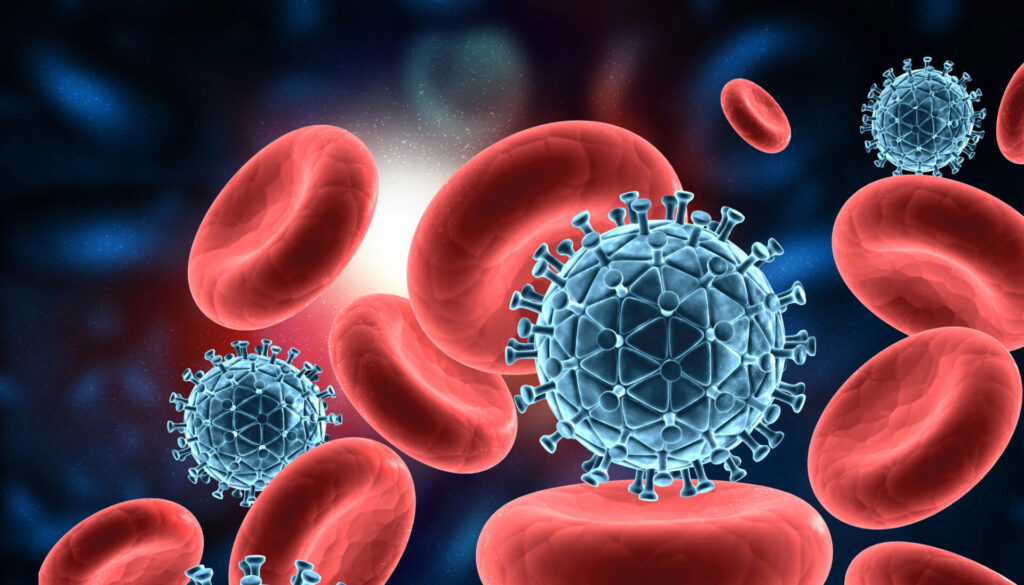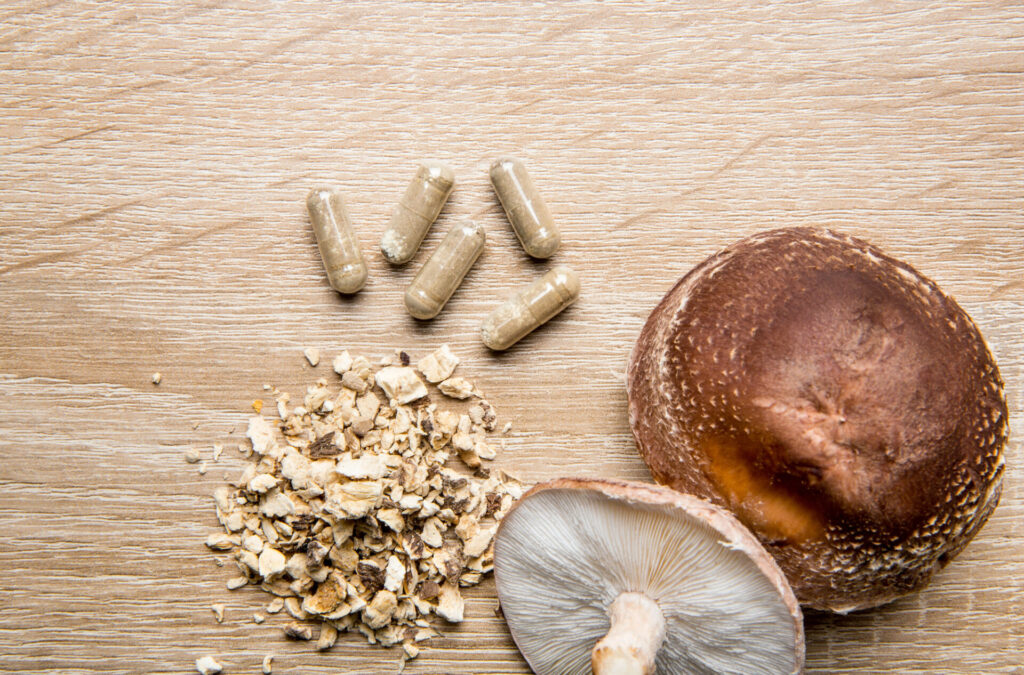Early Days of Probiotics: Promise and Marketing Hype
Modern microbiome science emerged in the 2000s with the realization that trillions of gut microbes form a virtual “organ” influencing health. Early on, probiotics – live bacteria administered for health benefits – were embraced as a simple way to modulate this gut ecosystem. The concept dates back over centuries of fermentation in food to more recent Metchnikoff’s fermented milk for longevity and gained commercial traction by the mid-20th century with products like Yakult (launched in 1935). By the 2000s, probiotic supplements had exploded into a major distinct industry. However, the research trajectory was often shaped by marketing interests: companies focused on a handful of easily cultured strains (e.g. Lactobacillus and Bifidobacterium) that could be mass-produced and patented. This led to a proliferation of high-dose, multi-strain products with grand health claims, sometimes outpacing the actual evidence. As one reviewer dryly noted, “commercial interests have outpaced the science” in probiotics, creating a landscape of mixed results and hype (Singh et al., 2025). Indeed, among over a thousand clinical trials of probiotics, heterogeneity reigns – different strains, doses, and endpoints – yielding inconsistent findings . Meta-analyses often conclude that benefits are strain- and context-specific or not clinically significant for most conditions (McFarland et al., 2018).
From a functional medicine perspective, many of us grew skeptical. Although sometimes probiotics can be the shift patients need, often we saw patients dutifully taking expensive pills touting huge benefits yet experiencing minimal or no improvement. The underlying issue became apparent: microbial therapies are not one-size-fits-all. Each person’s microbiome is unique, and adding a few strains in isolation often fails to “shift the needle” if the overall ecosystem and host factors remain unaltered. Moreover, probiotics introduced into an established gut community often simply pass through rather than engraft. Although this pass-through effect can still be beneficial, it runs contrary to the mass marketing campaigns of CFU counts and viability in the early probiotic industry. Numerous studies over the past several decades have shown that probiotic strains often fail to uniformly colonize the gut. Instead, they are frequently outcompeted or inhibited by the existing resident microbiota, leading to inconsistent engraftment and variable efficacy across individuals (Zmora et al., 2018). These studies underscore a fundamental mismatch between pharma’s expectations and microbial reality: drug development seeks a defined mechanism and reproducible response, but microbes behave as dynamic ecosystems, adapting to each host’s diet, immune system, and microbiome context. A strain that helps one person might do nothing in another, or even have adverse effects, depending on the state of the indigenous microbiota (Suez et al., 2018). In short, early probiotic therapy taught us both the potential of microbiome modulation and the limitations of a reductionist approach.
The Rise of Fecal Microbiota Transplantation (FMT)
If probiotics were a gentle nudge to the microbiome, fecal microbiota transplantation (FMT) was a shock-and-awe strategy – replacing a dysbiotic gut community wholesale with that from a healthy donor. FMT’s modern renaissance began in earnest in the early 2010s, catalyzed by spectacular success in treating antibiotic resistant Clostridioides difficile infections. By transferring processed stool from a healthy donor into a patient’s colon (via colonoscopy, enema, or capsules), clinicians achieved cure rates above 90% for C. diff that failed antibiotics (Khoruts et al., 2019). This was a revelation: an entrenched infection cleared by microbial ecosystem replacement rather than an antibiotic. FMT wasn’t new, the first documented human FMT for severe colitis was in 1958, and reports of “transfaunation” date back to 4th-century China – but now we had scientific validation.
For me, as a clinician running a stool bank, the real paradigm shift came as research expanded FMT beyond C. diff. Exciting evidence that FMT could influence a wide spectrum of diseases and even basic physiology began to get published in the 2010s. In mouse models, transplanting gut microbiota from one animal to another could transfer phenotypes: for example, microbes from an obese twin made germ-free mice gain weight and develop metabolic disturbances, whereas microbes from the lean co-twin kept mice thinner – even when diets were the same (Ridaura et al., 2013). Such experiments showed that the microbiome can modulate weight and metabolism in ways we never imagined (Ridaura et al., 2013). Other mouse studies went further – suggesting links to aging and immunity. In one striking study, transferring the microbiota of young mice into old mice improved the older mice’s muscle strength, brain function, and inflammation markers, effectively reversing some hallmarks of aging in the gut, eyes, and brain (Parker et al., 2022). The old mice got “younger” in certain respects after receiving youthful gut flora, highlighting how microbes can drive systemic aging processes (Parker et al., 2022). We also began to recognize that gut microbes help “train” the immune system; in cancer research, for instance, specific gut bacteria and their metabolites like inosine were found to enhance responses to immunotherapy (Mager et al., 2020). FMT provided a tool to test this: by transferring stool from cancer patients who responded well to anti-PD-1 immunotherapy into patients who had not responded, researchers managed to convert some non-responders into responders (Baruch et al., 2021; Davar et al., 2021). These two landmark 2021 studies in advanced melanoma showed that combining FMT (from an immunotherapy-responsive donor) with anti-PD-1 therapy led to tumor regressions or disease control in a subset of previously resistant patients (Baruch et al., 2021; Davar et al., 2021). This was small-scale proof-of-concept, but it opened eyes to the microbiome’s role in orchestrating immune therapies.
Perhaps most astonishingly, FMT trials in humans hinted at gut-brain connections. In 2017, Kang and colleagues conducted an open-label study of FMT in young patients with autism spectrum disorder (ASD) who also had chronic gastrointestinal problems. After a course of antibiotics and FMT (termed “Microbiota Transfer Therapy”), not only did the children’s gut symptoms improve, but their autism-related behaviors significantly improved as well, with effects lasting at least two years post-treatment (Kang et al., 2017; Kang et al., 2019). While this was not a controlled trial and ASD is multifactorial, the results were striking enough to spark larger studies. Similarly, early case reports and pilot studies in other neurological conditions like Parkinson’s disease suggested FMT might alleviate constipation and even some motor symptoms (e.g. a 71-year-old Parkinson’s patient had a marked reduction in tremors for two months after FMT along with normalized bowel function) (Huang et al., 2019). In clinical research for ulcerative colitis, FMT achieved remission in a subset of patients in multiple randomized trials, and in hepatic encephalopathy due to liver cirrhosis, FMT reduced cognitive flares and hospitalizations compared to standard care (Bajaj et al., 2017). By the late 2010s, hundreds of FMT studies were underway exploring conditions from inflammatory bowel disease and irritable bowel syndrome to allergies, metabolic syndrome, and beyond. The results were mixed, FMT is not a magic bullet for every disease – but collectively, these studies began rewriting our understanding of human health. They revealed a profound connectivity: the gut microbiome influences immune regulation, metabolism, and even neurochemistry in ways that challenge the organ-specific paradigm of medicine.
As a functional medicine clinician, witnessing some of these outcomes firsthand was exhilarating. I treated patients whose lives were transformed by FMT – not only was their recurrent C. diff cured, but they often reported improvements in mood, energy, and clarity of mind. We would hear things like “my depression is so much better since the transplant” or “my chronic joint pain is gone.” Such observations, while anecdotal, aligned with the broader research suggesting microbiome modulation can have systemic benefits. It felt as if we’d tapped into a master control switch of physiology. Health, we realized, is not just the absence of identifiable disease – it’s tied to the presence of a balanced, resilient microbiome ecosystem. This reframing was revolutionary.
Redefining “Healthy” – Early Stool Banks and Donor Selection
With FMT’s rise, stool banks emerged to recruit healthy donors and provide screened, ready-to-use transplant material to hospitals. The first large scale stool bank, OpenBiome (founded in 2012), set a template: donors were extensively screened for infectious diseases, GI disorders, and risk factors, and only ~3% of applicants passed. The implicit definition of a “healthy donor” in those early days was essentially someone with a clean medical history and no red-flag pathogens (Khoruts et al., 2019). In other words, health was defined largely by the absence of disease. Donors were typically 18–50 years old, normal BMI, no chronic illnesses, no recent antibiotic use, and negative on a battery of stool and blood tests for infections (Hohmann et al., 2019). This was effective at ensuring safety, the FMT material was unlikely to transmit known pathogens – but in retrospect, it did not capture the full picture of human or microbiome health. A person could meet all these criteria yet still have a relatively lackluster gut microbiome (for instance, low diversity or missing key beneficial microbes) if they had a poor diet, high stress, or other lifestyle issues.
Over time, those of us working with donors began to appreciate the concept of microbiome resilience – how robust and adaptable the microbial community is. Early stool bank criteria didn’t explicitly account for this. They were mostly exclusionary (don’t take anyone with X, Y, Z conditions). I remember reviewing donor questionnaires where a candidate would check all the boxes and “look good on paper”, yet when we conducted our interviews about their lifestyle, we’d find perhaps they slept 4-6 hours a night and ate ultraprocessed food and drank soda. On paper they were “healthy,” but were they ideal donors? My mentors and early team always felt we needed to go beyond the standard checklist as naturopathic doctors. We looked for donors who embodied wellness in a more holistic sense – not only free of disease, but thriving physically and mentally. This meant favoring individuals who had diverse, fiber-rich diets, active lifestyles, low stress, and who had avoided microbiome disrupting environmental factors (like jobs with high VOC exposure) as much as possible. In short, we sought what one might call the “magical unicorns of poop,” those rare people who win the microbial genetic lottery and also cultivate it with healthy living.
Our early criteria included accepting donors who were vaginally born, breastfed, had minimal antibiotic exposure (often <5 lifetime courses, none in recent years), ate an organic high-fiber diet, and crucially, who were “happy, healthy humans” by lifestyle and mindset. Lifestyle factors – outdoor activity, good sleep, stress management – strongly impact the microbiome, so donors were drawn from communities with exceptionally healthy habits. Our stool bank converged on the traditional consensus criteria developed by OpenBiome but was also informed both by clinical insight and emerging data on environmental factors that impacted microbiome diversity. We even implemented psychological screening, reasoning that a resilient microbiome might correlate with mental well-being. Research was beginning to back this up: a 2022 study introduced the idea of a “microbiome wellness index” noting that a healthy microbiome is more than absence of disease – it shows diversity, stability, and resilience in the face of challenges (Bunesova et al., 2022).
Ultimately, early stool banks like OpenBiome blazed a trail for safety, but perhaps didn’t initially distinguish the optimal donors from the merely acceptable ones. In my experience, taking donor selection a step further and striving for exemplary microbiomes felt worthwhile. Our anecdotal observation differed from the publications that material from certain donors or “super donors” led to more consistent positive outcomes in FMT recipients, whereas other donors were ineffective skewing clinical trial results (Wilson., et al 2019). This realization – that we can purposely seek out “elite” donor microbiomes – was empowering, but it also underscored a challenge: those donors are exceedingly rare. How could we bottle their secret? FMT is powerful, yet scaling it is non-trivial. Donor operations are labor-intensive and expensive, and each FMT dose is unique, tied to a donor and a specific stool sample. As demand grew, logistical and regulatory barriers became more daunting. By 2019, regulators were signaling a need to treat stool like a drug, requiring stricter manufacturing standards. Then came a plot twist no one expected: a global pandemic.
Part 2: Postbiotics – Capturing Microbial Benefits Without Live Microbes





